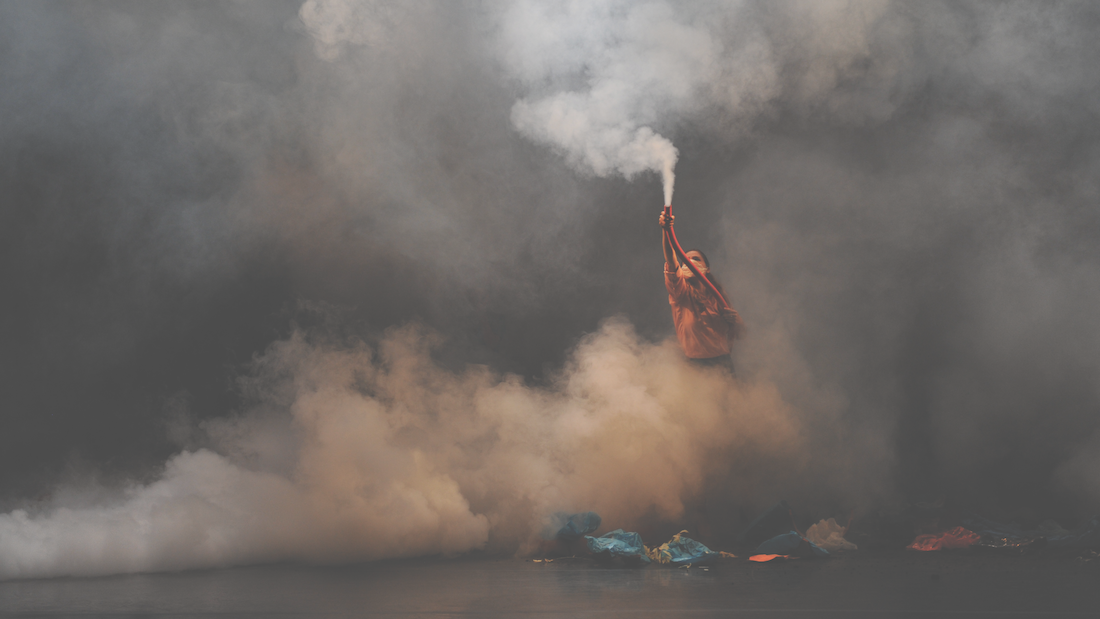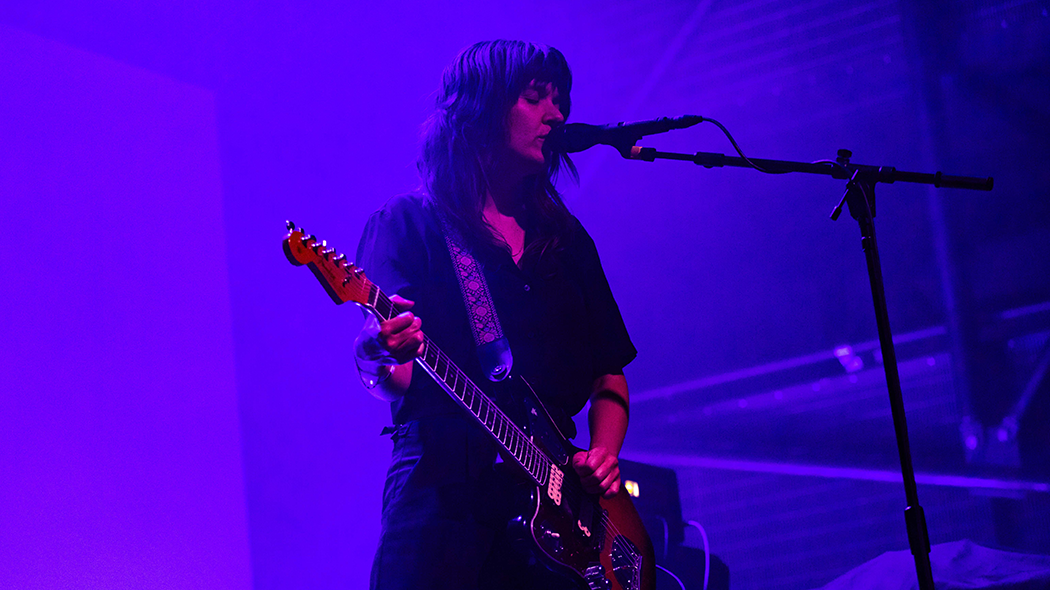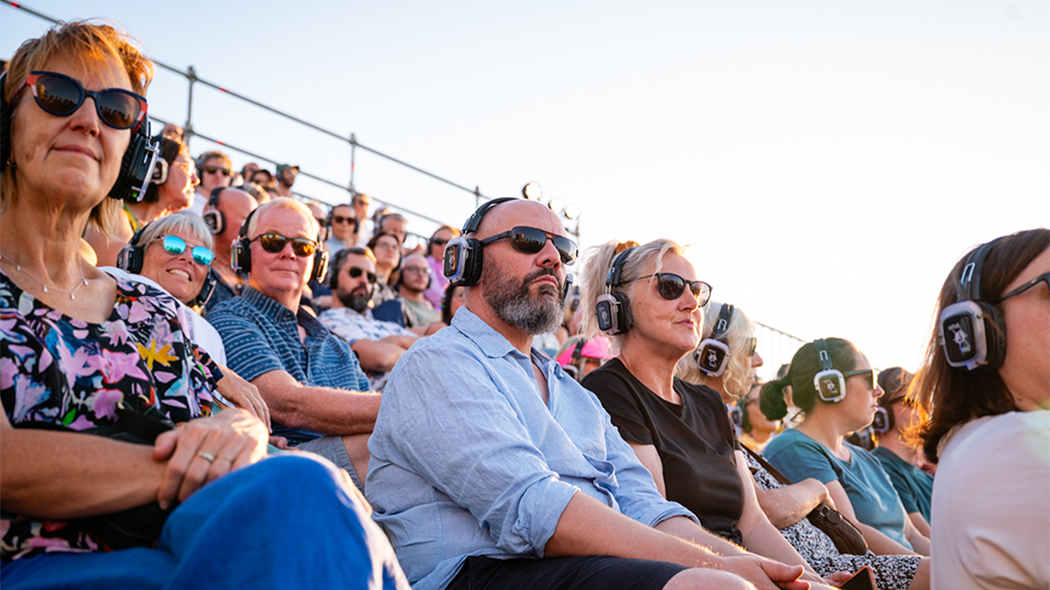
“A summer of magic moments.” The sun sets on Perth Festival 2024
Perth Festival is done and dusted for another year. In a tradition now stretching back over eight decades, it was another fine program that delivered a summer of magic moments for lovers of art, culture, and entertainment across the spectrum of art forms. There was something for everyone, from the esoteric to the almost mainstream, the high-brow to the mid-brow. The selection of work lived up to its promise and was rich and stimulating. Every show sat at the pitch of world-class practice, while a few pushed the envelope and cut a new path. Audiences and organisers alike are left satisfied, some replete.
It is never possible to see everything in a festival program, there is always more than any one person has the time, attention and money to get to. Most of us either select a few shows that have special appeal or focus on a specific area of interest and binge out.
Of the performance shows this reviewer saw the highlights were Brooklyn Rider’s genre-defying The 4 Elements, Sophia Brous’ semi-spontaneous The Invisible Opera, Ontroerend Goed’s brilliant palindrome of a play, Are we not drawn onward to new erA, that managed to confuse, delight, and horrify in equal measure, the Australian Chamber Orchestra's visually and aurally stunning River, Dancenorth’s genre-inclusive Wayfinder, and The Farm’s energetic and ironic Stunt Double.

Are we not drawn onward to new erA
The visual art program, the largest single component of the festival, was diverse and compelling.
Linda Tegg and Vivienne Hansen's Wetland in Carillon City was a clever mediation on the ecological history of Boorloo. A subterranean domain reclaimed by its original nature, the flooded basement food hall in the Carillon was overtaken with edible indigenous water plants to create a complex interplay of imagery and history—the past, present, and future—rolled into one 'reflection’ on the tragedy of climate change.
Its neighbour, Rebecca Bauman's Light Event, was also subtly powerful, making for a quiet, cool, and restful room in the centre of the humming city. The empty atrium of Carillon, filtered through dichroic film, was transformed into a serene space with an ultraviolet edge as reflections appeared in the glass panels bordering the landings and spiral staircase, providing the opportunity to sit in this often overlooked and underutilised space and contemplate the unusual, lopsided beauty of the architecture.
Yhonnie Scarce's The Light of Day in the WA Art Gallery was a complex crossover show incorporating craft, conceptual art, and photography. Scarce, an internationally renowned indigenous glass artist, mixed her extraordinary craft skills with an eye for eclectic collectables and historically charged portraits, resulting in a series of 30 large-scale installations depicting indigenous displacement. Drawing from her experiences as a Kokatha and Nukunu woman from Woomera and Maralinga country in South Australia, Scarce presented a beautiful, deeply considered, and moving work about trauma, cruelty and indifference.

Wetland
The contemporary music program was also diverse and extensive. Whether it was the culturally rich rhythms of Sampa the Great and Witch from Zambia, the angst and twang of North Carolina in Wednesday and MJ Lenderman, or the timeless songwriting of Australia's finest lyricists in Paul Kelly and Courtney Barnett, there was something for all kinds of music lovers across the program's fourteen shows.
While some aspects of Perth Festival are back in full flight following the challenging COVID years, others need more time to get back off the ground. For example, there was no formal club at this year’s festival. This was partly a hangover from the era of COVID restrictions, partly the casualty of the city’s ageing arts infrastructure.
Back in 2020, immediately pre-COVID, the club was held on the forecourt of the Perth Concert Hall. It was intended to keep it there, but shortly after that festival came down, structural issues meant that this location was no longer viable. The early stages of concrete cancer have since seen the underground carpark, directly beneath the forecourt, closed, while the building itself will undergo major renovations beginning later this year. As such, the regular WA Symphony and ACO concerts as well as the next Festival’s fine music program will be relocated.
In the absence of the Concert Hall, The Rechabite on William Street in Northbridge has been the de facto festival club. This makes sense given that, as well as the scene for dancing and general late-night mischief, the club is traditionally the Festival’s centre for contemporary music. The Rechabite has been the home of new music in recent years—both in and out of the festival season. The rooftop bar, open to the cool night air and sweeping views of the city, makes a great late-night meeting place in the hot summer months.
The Rechabite’s hosting of the club is something of a coup, given that it is also a major venue for Fringe World. This is not the first time the two festivals have shared a venue, but it is probably the strongest. It is up to the incoming artistic director, Anna Reece, to decide whether The Rechabite will continue as the club, de facto or formal, going forward.

Courtney Barnett
As considered at length in the preview article on Perth Festival, the program’s overt theme this year was the sun, Ngaangk. Although this provided a top-layer motif and was often reflected in the titles of individual shows, a more ubiquitous ‘covert’ theme was climate change.
Time and again, artists in the program reflected on this crucial issue and presented a diversity of responses to it. The emphasis was not only on the science, intellectual response, and opinions surrounding climate change but also encompassed history—often the long span of geological time and the arc of humankind—as well as emotion. It was often difficult to put into words the exact climate message an individual work delivered, yet all of them tapped into a deep vein running through the collective psyche.
Shows as diverse as the ACO’s River, Are we not drawn onward to a new erA, The 4 Elements and Wetland explored this theme while maintaining the pitch of cutting-edge artistic practice. The accumulated impact was powerful and innate, a sign of the deep, implicit connection between the arts and the zeitgeist.

Iain Grandage at Under The Same Sun
When asked for his take on the festival, outgoing Artistic Director Iain Grandage highlighted the range and diversity of work and the multiple different ways audiences were able to receive it.
He felt the overall response was best summed up in the powerful feelings generated by the closing concert, Under the Same Sun, at Supreme Court Gardens. There was a real sense of family between the many local and touring artists involved, along with the WA Symphony Orchestra. The feeling backstage was incredibly warm, which helped create an accommodating atmosphere that spread out into the four-and-a-half thousand strong crowd.
Grandage did not want to single out any particular favourite work, but he was especially delighted by the response to the two exhibitions in Carillon City. Not only did they draw a better-than-expected attendance—some 15,000 people—but they elicited a very strong response, with many attendees deeply moved by the strange juxtaposition of environments and their underlying messages.
He was also heartened by the response to The Invisible Opera and Logue Lake, with both shows having been picked up by international producers. Invisible Opera was already on the international circuit and is now going further, but extending the life of Logue Lake is of great significance. Developed by West Australian artists Geordie Crawley and Elise Wilson, the convention-breaking work was only included in the program after the brochure was published, yet it still showed its potential for cult status. The mooted national and international tours of this work are not only a boon for the artists but reflect well on Grandage’s investment in the local scene over his five-year tenure.
Finally, Grandage noted that, although some events did not reach their target attendances, others exceeded expectations. In the final wash-up, the two balanced each other out. According to the marketing department, overall attendances this year were still below pre-COVID levels but are heading the right way and should be there in the next year or two. This augers well.

The Invisible Opera
From a reviewing point of view, it was apparent that the popular arts drew the strongest attendance. That may seem obvious—by their very nature, popular forms are, well, popular—but in earlier eras, the festival was renowned for drawing larger audiences to the more challenging work. Peter Brook’s ground-breaking Mahabharata theatre production back in the late 1980s is a case in point. The audiences this year for the more cutting-edge work were still significant; there were no empty houses, but one may have anticipated more for some shows.
This perhaps indicates a change in the habits and tastes of Perth audiences. The range of work on offer here year-round is much stronger than it once was. In no small part, thanks to Perth Festival, Perth audiences are now more sophisticated across the board and willing to access other avenues to get their art fix. Mid-year events and programmes that were once regarded as more obscure now attract a strong and supportive following. This is a good thing, an indication that Perth has become a stronger centre for cultural activity.

Under The Same Sun
As well as the hundreds of outstanding artists who presented their work, the festival team are to be complimented on the delivery of the great program this year and for ensuring that the large and diverse audience were able to enjoy it with a minimum of fuss and maximum amenity. A professional team on all levels, they delivered an exemplary event, something of which they and the people of Perth can feel proud.
And a final compliment must go to Iain Grandage for his strong tenure at the helm of Perth Festival. A job well done; he has given Perth a good run for its money. We will see more of him in different capacities—he does not intend to forsake his hometown just yet but will shift his attention back to his own art practice of composing and performing music. We wish him every success and give him heartfelt thanks.
IAN LILBURNE
